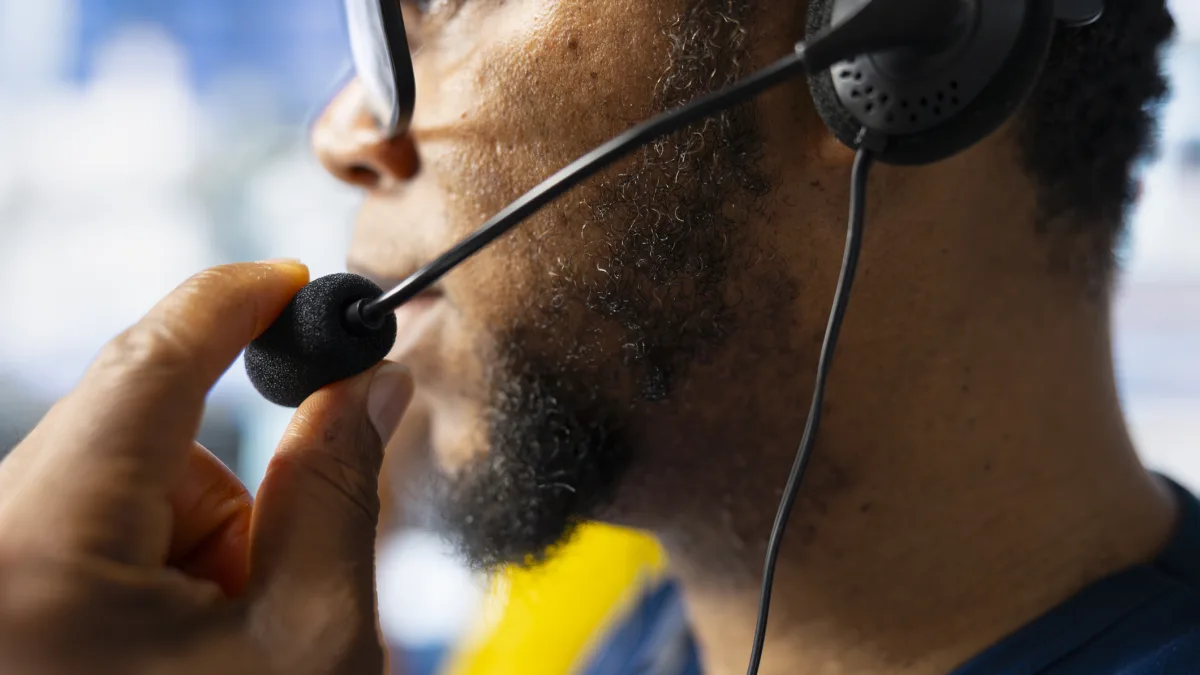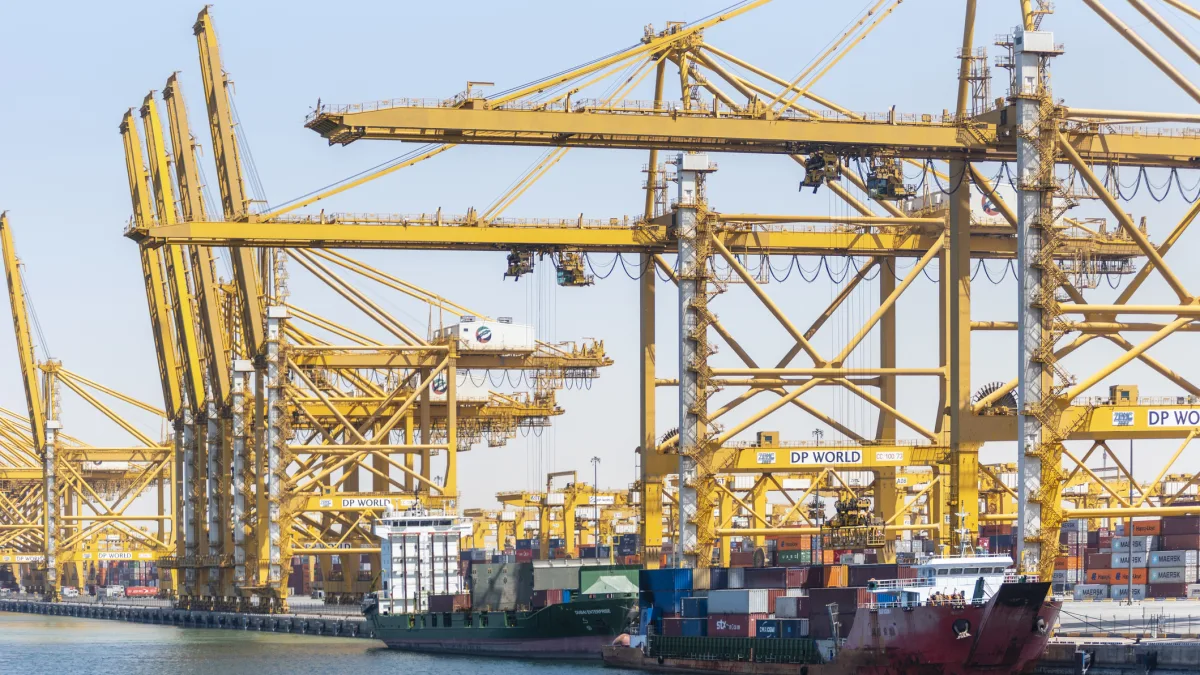There are few things more satisfying than watching the underdog win. On an unusually warm September morning, Donald Tusk, Poland’s prime minister, this week announced that his country’s GDP had crossed the one trillion US dollars threshold, joining an exclusive club of just 20 economies worldwide.
This represents what Tusk called an “absolutely historic” milestone. And, one might add, absolutely overdue.
The real triumph isn’t the round number—which means more to economists and politicians than anybody else—but the speed of Poland’s ascent. While Brussels frets about European competitiveness and Berlin grapples with industrial decline, Poland’s economy expanded by 3.4 per cent in the second quarter of this year. Growth in Germany, that supposed European economic juggernaut, chugs along at a barely noticeable 0.2 per cent.
From queues to conquests
Poland’s transformation reads like economic fan fiction: a country emerges from the wreckage of central planning to become Europe’s growth champion. The plot twists have been numerous. Unlike its neighbours, Poland dodged the 2008 financial crisis with not a little agility (and, it should be said, not a little luck). Notably, its banks—boring by international standards—avoided the exotic instruments that nearly toppled Western finance.
EU membership in 2004 was the real catalyst, flooding the country with structural funds while opening markets for Polish exports. The large domestic market—nearly 38 million people with increasingly deep pockets—provided cushioning during global hiccoughs. Meanwhile, a well-educated workforce, the silver lining of communist investment in education, attracted foreign manufacturers fleeing China’s rising costs.
Recent geopolitical shifts have proved unexpectedly favourable. Companies seeking alternatives to Chinese supply chains have discovered Poland’s charms: EU membership, reasonable labour costs, and a government that doesn’t threaten to nationalise foreign assets on a whim. The war next door in Ukraine, tragic though it remains, has elevated Poland’s strategic importance. Defence contractors and nervous multinationals alike view Warsaw as a stable hub in an increasingly unstable world.
Tusk’s favourite statistic—real disposable income growth—deserves particular attention. Politicians often wave GDP figures like flags, but growth means little if ordinary citizens can’t afford the groceries. That Poles have more money “growing in their wallets,” as the prime minister puts it with characteristic directness, suggests this boom feels genuine rather than statistical.
The elephant not in the room
Success breeds swagger, and Poland’s leaders may increasingly wonder why their trillion-dollar economy remains excluded from arguably the world’s most exclusive economic club. The G20, conjured up in 1999 and elevated during the 2008 crisis, supposedly represents the globe’s most significant economies. Its membership, however, increasingly resembles a time capsule from the early 2000s rather than today’s economic reality. Much like professional US sports leagues, the G20 is a closed shop, with no performance-based criteria for relegation or promotion.
Argentina, for example, (GDP in 2024: 633.3 US dollars), sits at the G20 table whilst Poland does not. Much poorer South Africa (not even Africa’s largest economy) also enjoys questionable membership. The current lineup reflects historical opportunism and global box-ticking more than economic logic.
Furthermore, Poland’s case transcends simple GDP rankings. Central and Eastern Europe, home to nearly 200 million people and several of the world’s fastest-growing economies, lacks meaningful representation. Russia’s seat has become diplomatically toxic, whilst Turkey straddles continents awkwardly. Poland could speak for a region that has experienced one of history’s most remarkable economic transformations.
The Visegrád advantage
Polish G20 membership would benefit far more than national pride. The Visegrád Group—Poland, Czechia, Slovakia and Hungary—collectively commands an economy approaching two trillion US dollars. Throw in the Baltics, Romania, Bulgaria and other regional players, and Central and Eastern Europe becomes an economic bloc rivalling established G20 members.
These countries share a peculiar bond: post-communist hangovers, EU integration success stories, and the delicate art of managing great power rivalries between Washington, Berlin and Moscow. They also face remarkably similar challenges: demographic decline (young people tend to prefer Barcelona to Białystok), infrastructure gaps, and the eternal tension between national sovereignty and European integration.
Poland, blessed with the region’s largest economy and most assertive diplomacy, seems natural spokesperson material. Warsaw has already demonstrated leadership on Ukraine (sometimes painfully so for Western allies), energy security (goodbye, Russian gas), and defence cooperation (hello, American military bases). Economic diplomacy would be a logical next step.
Reality bites
Poland’s trillion-dollar moment comes with asterisks that would make a lawyer blush, however. The economy remains heavily dependent on EU structural funds—training wheels that must eventually come off as Polish incomes rise. Demographics tell a sobering tale: an ageing population and persistent emigration create labour shortages that can’t be solved with enthusiasm alone.
Rule-of-law spats with Brussels, currently dormant under Tusk’s more Brussels-friendly government, have demonstrated how quickly political tensions can threaten economic relationships. European money comes with European strings attached—a lesson Hungary’s Viktor Orbán continues learning the hard way.
G20 membership also requires more than economic heft. The club values political stability, global influence, and constructive engagement on international issues. Poland scores well on stability and increasingly on influence, but its approach to global governance remains rather parochial. Climate policy, trade rules and financial regulation require perspectives that extend beyond Central European concerns—and Poland’s ongoing addiction to coal.
Indeed, current G20 membership reflects geopolitical realities that pure economic logic cannot overcome. Italy’s presence owes much to European integration politics; South Korea’s reflects East Asian strategic importance. Poland would need to demonstrate diplomatic value beyond impressive growth statistics.
The waiting game
Nevertheless, Tusk’s assertion that the trillion-dollar milestone represents “certainly not our last word” hints at grander ambitions. Poland’s economic model—EU integration married to domestic dynamism—has proved remarkably robust. Its strategic location, educated workforce and democratic institutions provide advantages that autocratic competitors struggle to replicate.
Whether Poland ultimately crashes the G20 party may depend less on economic statistics than on geopolitical evolution. As Western institutions adapt to shifting power balances, excluding Europe’s most dynamic large economy becomes increasingly awkward. Poland has earned recognition through performance; the question is whether global governance can evolve beyond historical accident.
For now, Poland can enjoy watching the competition squirm whilst counting its one trillion US dollars. Tusk, never a leader to miss a photo opportunity, will doubtless remind European colleagues of Poland’s achievement at every Brussels summit.
For all that, the G20 will likely resist any Polish calls, at least for now, for another European seat at the table—particularly one that occasionally lectures the West about migration and sovereignty. But if membership were decided purely on economic merit rather than historical or geographical accident, Poland’s invitation would already be in the post.
Photo: Dreamstime.







